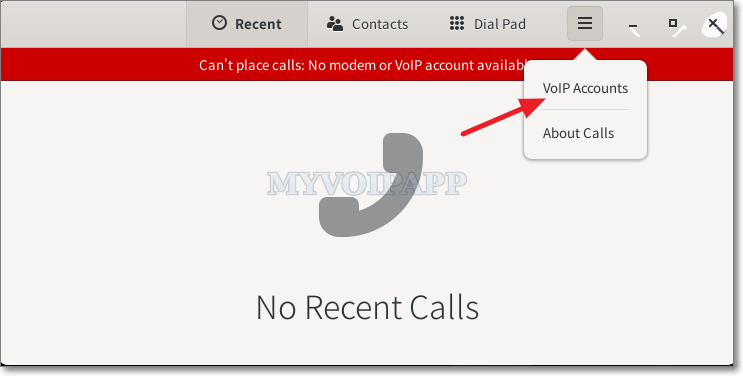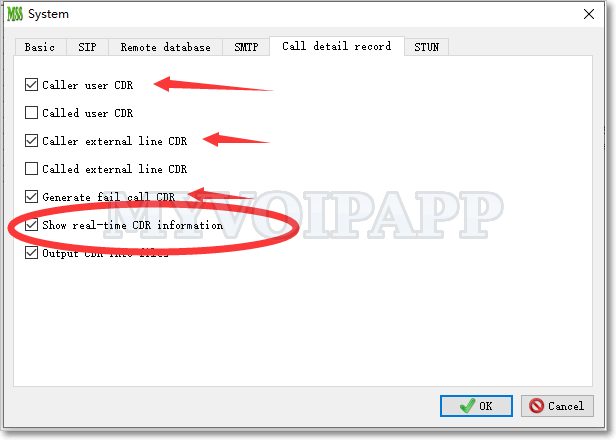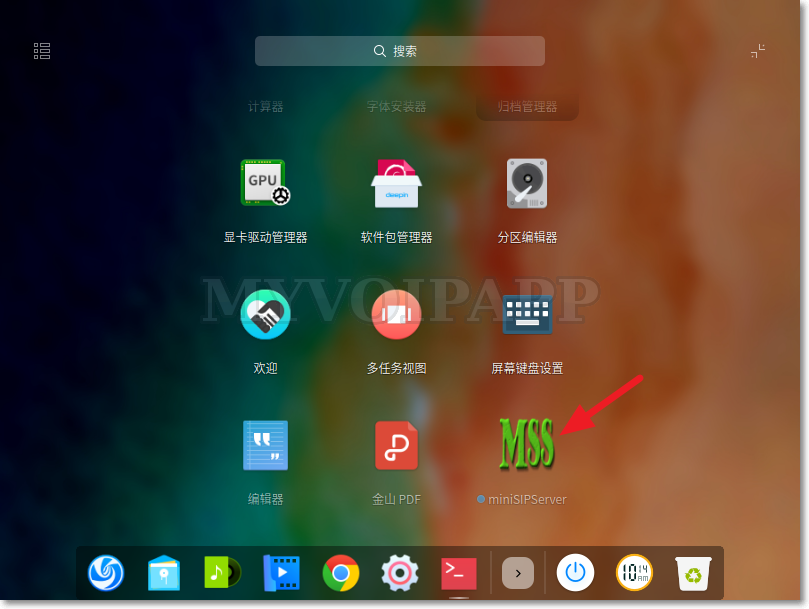Refuse some free email systems
Recently lots of customers reported that they didn’t receive activation emails when they signed up miniSIPServer cloud accounts. All of them are using free email systems, such as gmail, and so on.
At first we think such systems move our emails to spam boxes, but customers still cannot find them there, so we think our emails are blocked.
We completely understand that. Since lots of email are sent from our cloud system to free email systems, including activation emails, balance notification emails, and so on, some email systems detect us to be a spammer.
It confuses us and we don’t want that, so we decide that our cloud system cannot accept customers use free email addresses to sign up miniSIPServer cloud accounts. We hope our cloud system to be treated as a serious virtual VoIP system, and we hope our custmers can understand that.










